Ah, the gentle and enigmatic creatures of the land, goats have always held a special place in my heart. From their mischievous antics to their unwavering curiosity, these remarkable animals have brought me countless moments of joy on my homestead. As a seasoned gardener, homesteader, and DIYer, I have always believed in sharing knowledge and experiences with fellow nature enthusiasts. Today, we embark on a topic that has been swirling in the minds of goat keepers and caretakers alike: Can goats contract Lyme disease? In this article, we will take a closer look at Lyme disease in goats, drawing from my years of working with these remarkable creatures on my farm. Together, let us delve into the intricate world where nature’s wonders and the health of our beloved goats intersect. Join me on this journey as we unlock the secrets surrounding Lyme disease and its impact on these captivating creatures of the pasture.
Table of Contents
- Introduction: The Importance of Understanding Lyme Disease in Goats
- Understanding Lyme Disease Transmission in Goats: Tick-Borne Pathogens and Risk Factors
- Signs and Symptoms of Lyme Disease in Goats: Identifying Early Warning Signs
- Diagnostic Methods for Lyme Disease in Goats: From Blood Tests to PCR Analysis
- Preventing Lyme Disease in Goats: Effective Tick Control Strategies
- Treatment Options for Lyme Disease in Goats: Medication and Management Approaches
- The Role of Vaccination in Preventing Lyme Disease in Goats
- Understanding the Potential Long-Term Effects of Lyme Disease in Goats
- The Economic Impact of Lyme Disease in Goat Farming: Losses and Mitigation Strategies
- Best Practices for Goat Owners: Creating a Tick-Free Environment and Promoting Goat Health
- Frequently Asked Questions
- Future Outlook

Introduction: The Importance of Understanding Lyme Disease in Goats
Welcome, fellow gardeners and homesteaders, to another enlightening discussion about the well-being of our beloved goats. Today, I want to delve into a topic that is often overlooked but of utmost importance – understanding Lyme disease in goats. As stewards of the land, it is our duty to not only plant and harvest, but to protect and nurture all the creatures that share our homesteads.
Having spent countless hours tending to my flock and working alongside these gentle souls, I have come to realize that knowledge is the greatest tool in preserving their health. Lyme disease, caused by the bacterium Borrelia burgdorferi, can affect not only humans but also our caprine companions. By arming ourselves with information, we can take preventive measures, recognize the signs, and seek appropriate treatment to ensure our goats live happy and healthy lives.
1. Prevention is key:
Just like a well-planned garden requires careful preparation, so does protecting our goats from Lyme disease. Here are a few steps you can take to reduce the risk:
- Keep pastures and wooded areas free from tick-friendly habitats, such as tall grass and leaf debris.
- Implement a rotational grazing system to minimize exposure to ticks.
- Consider using natural tick-repellent plants, such as lavender, rosemary, or marigolds, around your goat enclosures.
2. Signs to watch for:
As seasoned as we may be, it is essential to be vigilant and recognize the symptoms of Lyme disease in our goats. Keep an eye out for:
- Joint swelling and lameness, particularly in the legs.
- Loss of appetite and weight.
- Swollen lymph nodes and general lethargy.
3. Treatment and holistic remedies:
Just like nurturing our plants back to health, addressing Lyme disease in goats requires a holistic approach. While consulting a veterinarian is crucial, there are some natural remedies you can explore:
- Herbal treatments, such as garlic, turmeric, or echinacea, known for their immune-boosting properties.
- Essential oils, like lavender or tea tree oil, applied topically to repel ticks.
- Supporting your goats’ immune system through a balanced diet and ensuring a stress-free environment.
Remember, my friends, by understanding and addressing Lyme disease in goats, we become better caretakers of both our land and our animals. May this knowledge guide you on your homesteading journey, fostering a harmonious relationship with nature and an enduring bond with your four-legged companions.
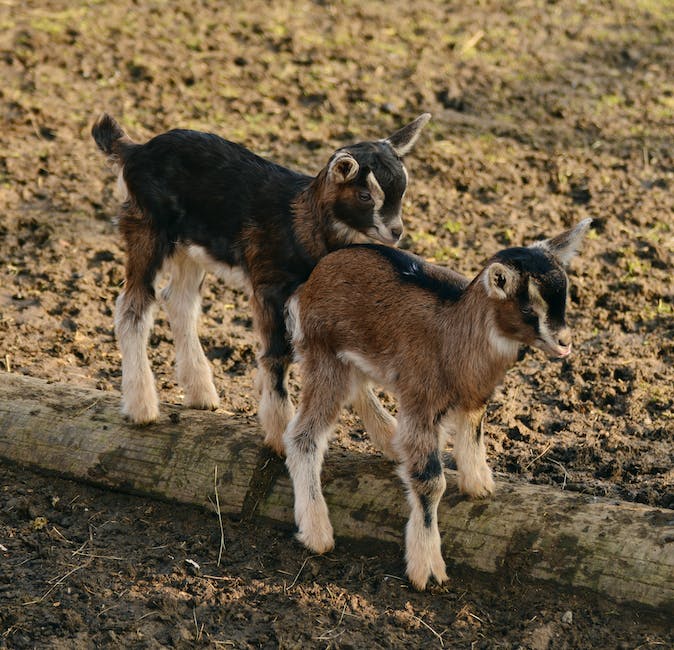
Understanding Lyme Disease Transmission in Goats: Tick-Borne Pathogens and Risk Factors
Greetings, fellow gardeners and homesteaders! Today, let’s delve into a topic that is of utmost importance when it comes to the well-being of our beloved goats: Lyme disease transmission and its connection to tick-borne pathogens. As stewards of the land, it is our responsibility to equip ourselves with knowledge to protect our animal companions from these silent dangers.
Tick-Borne Pathogens: Lyme disease, caused by the bacterium Borrelia burgdorferi, is perhaps one of the most well-known tick-borne illnesses affecting both humans and animals alike. However, it’s crucial to note that goats can also contract various other tick-borne diseases such as Anaplasmosis, Babesiosis, and Ehrlichiosis. These diseases can weaken our goats’ immune system, leading to a range of health issues.
Risk Factors: As guardians of our goats, it’s vital to understand the risk factors associated with Lyme disease transmission. Here are a few factors to keep in mind:
- Geographical Location: Certain regions, particularly those with dense forests and high deer populations, tend to have a higher prevalence of ticks carrying Lyme disease. Do your research to know your area’s risk level.
- Tick Habitat Management: Creating tick-safe zones on our homesteads is paramount. Regularly mowing grass, removing leaf litter, and maintaining a buffer zone between wooded areas and pastures can help minimize tick populations.
- Tick Checks and Control: Implement a tick-check routine for your goats after they have been in tick-prone areas. Utilize natural repellents and consider partnering with your veterinarian for preventive measures like acaricides.
By proactively caring for our goats and educating ourselves about Lyme disease transmission and the pathogens involved, we strengthen the bond between us and the land we love. Remember, knowledge is key, but it is ultimately our dedication to our animals and the earth that ensures their wellness. Stay curious, stay vigilant, and may the gardens of our homesteads thrive and flourish!
Signs and Symptoms of Lyme Disease in Goats: Identifying Early Warning Signs
Greetings, fellow homesteaders and goat enthusiasts! Today, I want to shed light on an important topic that affects our beloved goats: Lyme disease. As stewards of our land and animals, it is crucial to be aware of the early warning signs, so we can take prompt action and safeguard the health of our furry friends.
Lyme disease, caused by the bacterium Borrelia burgdorferi, is primarily transmitted through tick bites. Since goats spend a considerable amount of time outdoors, they are at risk of contracting this disease. By recognizing the symptoms early on, we can prevent the progression of the disease and provide our goats with the care they need.
Here are some telltale signs to watch out for:
- Lameness and Joint Pain: One of the most common symptoms, goats with Lyme disease may exhibit lameness or have difficulty moving. They may also display signs of stiffness and discomfort in their joints.
- Fever and Fatigue: A feverish goat is a cause for concern. If your goat appears weak, tired, and lacks energy, it could be an indication of Lyme disease.
- Loss of Appetite and Weight: Keep an eye on your goat’s eating habits. Lyme disease can cause a decrease in appetite, resulting in weight loss over time.
- Swollen Lymph Nodes: Feel your goat’s lymph nodes regularly. If you notice any abnormal swelling or tenderness, it is worth investigating further.
- Behavioral Changes: Observing changes in behavior can offer valuable clues. Look out for signs of restlessness, irritability, or depression in your goats.
Remember, these signs alone do not confirm a Lyme disease diagnosis. Consult with a knowledgeable veterinarian to conduct appropriate tests, such as blood tests, for accurate detection. Early identification of Lyme disease is vital for successful treatment.
By being vigilant and attuned to the well-being of our goats, we can ensure their health and happiness on our homestead. Stay connected to nature, trust your instincts, and let’s continue to nurture our animals with love and care.
Diagnostic Methods for Lyme Disease in Goats: From Blood Tests to PCR Analysis
When it comes to Lyme disease in our beloved goats, early detection is key. As seasoned gardeners and homesteaders, we understand the importance of promptly identifying and treating any health issues that may arise. In the case of Lyme disease, a tick-borne illness that can affect our four-legged friends, the right diagnostic methods play a crucial role in ensuring their well-being. Let’s explore some common tests and analyses used to diagnose Lyme disease in goats.
Blood Tests:
Blood tests are commonly used as an initial diagnostic method for Lyme disease in goats. These tests detect the presence of antibodies that the goat’s immune system produces in response to the Lyme bacteria. The most commonly used blood test for Lyme disease is the Enzyme-Linked Immunosorbent Assay (ELISA), which is designed to detect antibodies specific to the bacteria that cause Lyme disease. If the ELISA test comes back positive, further testing such as the Western blot test may be performed to confirm the diagnosis.
PCR Analysis:
PCR (Polymerase Chain Reaction) analysis is a cutting-edge diagnostic method that has revolutionized disease detection in both humans and animals. This technique allows for the detection of the genetic material of the Lyme bacteria directly from a sample, such as blood or tissue. PCR analysis can provide a definitive diagnosis of Lyme disease in goats by identifying the presence of the bacteria’s DNA. This method is highly sensitive and specific, making it a valuable tool in accurately diagnosing Lyme disease.
Clinical Examination:
While blood tests and PCR analysis provide important insights into the diagnosis of Lyme disease in goats, a thorough clinical examination should never be overlooked. Observing and taking note of the goat’s behavior, such as changes in appetite, lameness, or fever, can provide valuable clues. Additionally, checking for physical signs like swollen joints and muscle stiffness can further add to the diagnostic process. A combination of clinical examination and laboratory tests is often the most effective approach in diagnosing Lyme disease in goats, ensuring a holistic understanding of the animal’s condition.
Remember, as dedicated nature enthusiasts, we have a responsibility to care for our animals and the environment they reside in. By being proactive in detecting and treating Lyme disease in our goats, we not only safeguard their well-being but also contribute to the harmony and balance of our homestead. Let us cherish the teachings of the earth and continue to learn from the wonders it presents.
Preventing Lyme Disease in Goats: Effective Tick Control Strategies
Greetings fellow homesteaders and goat enthusiasts! As a seasoned gardener, DIYer, and lover of all things natural, I understand the importance of keeping our furry friends healthy and happy. When it comes to preventing Lyme disease in our beloved goats, tick control strategies are key. These relentless bloodsuckers can transmit harmful bacteria to our animals, making it crucial to take proactive measures to protect them. Let me share with you some effective strategies that have worked wonders on my own farm.
1. Pasture Management
A well-maintained pasture acts as a first line of defense against ticks. Key steps to take include:
- Mowing the grass regularly to reduce tick habitat.
- Creating a buffer zone between wooded areas and the pasture by clearing brush and tall vegetation where ticks thrive.
- Implementing rotational grazing to minimize the chance of ticks establishing a permanent presence in a specific area.
2. Natural Repellents
Embrace the power of nature by using natural tick repellents to keep those pesky parasites at bay. Here are some options:
- Garlic: Incorporate garlic supplements into your goats’ diet—the pungent smell will deter ticks.
- Essential oils: Dilute a few drops of rosemary, eucalyptus, or lavender essential oil in water and spray it on your goats. Not only will they smell delightful, but ticks will also find them far less appealing.
- Neem oil: Apply a mixture of neem oil and water to your goats’ coats. Neem oil has natural pesticidal properties that repel ticks effectively.
3. Regular Grooming and Inspection
A hands-on approach is crucial in tackling tick-related issues. Make it a habit to regularly groom and inspect your goats for ticks. Here’s what to do:
- Thoroughly check your goats’ ears, neck, underbelly, and legs—the favorite hiding spots for ticks.
- Remove any ticks you find promptly using tweezers or tick removal tools. Remember to grasp the tick close to its head, gently pulling it out without leaving any body parts behind.
- Keep a vigilant eye on your goats’ behavior and look for signs of Lyme disease, such as lameness, fever, or loss of appetite. Early detection can prevent the disease from progressing.
Remember, dear friends, preventing Lyme disease in our goats is not just about our animals’ well-being—it’s also about preserving the harmony of our homesteads. By implementing these effective tick control strategies, we can protect our goats, ensure a healthier environment, and enjoy the beauty of nature’s blessings. May the goats roam tick-free, and our hearts be filled with gratitude for the lessons we learn from the land. Until next time!
Treatment Options for Lyme Disease in Goats: Medication and Management Approaches
As a seasoned gardener, homesteader, and DIYer, I’ve learned that taking care of our beloved animals is just as vital as tending to our plants. When it comes to Lyme disease in goats, it’s crucial to address the issue promptly and effectively. Today, I want to share with you some treatment options that combine the best of traditional medicine and thoughtful management approaches.
Medication Options:
- Antibiotics: Just as in humans, the primary treatment for Lyme disease in goats involves administering antibiotics under the guidance of a veterinarian. Commonly prescribed antibiotics include oxytetracycline, penicillin, or doxycycline. It’s essential to follow the prescribed dosage and duration for optimal results.
- Supportive Care: Alongside antibiotics, it’s crucial to provide supportive care to your goats. This includes offering a clean and comfortable living environment, ensuring access to fresh water, and providing a balanced diet to boost their immune system. Remember, a strong immune system is crucial for your goats to overcome the disease.
Management Approaches:
- Pasture Management: Tick prevention starts with good pasture management. Regularly mow and maintain your pastures to reduce tick habitat. Fencing your goats away from wooded or brushy areas can also minimize their exposure to ticks.
- Tick Control: Introducing natural methods to control ticks can help mitigate the risk of Lyme disease. Guinea fowl and chickens are known to eat ticks, making them valuable additions to your homestead. Additionally, consider using natural tick repellents or diatomaceous earth in areas prone to ticks.
- Extra Vigilance: Regularly inspect your goats for ticks, especially in warmer months when tick activity is high. Pay close attention to their ears, underbellies, and necks, as ticks tend to hide in these areas. Promptly remove any ticks you find using tweezers or a tick removal tool.
Remember, prevention is always better than cure. By implementing a holistic approach that combines medication and thoughtful management strategies, you can help your goats recover from Lyme disease and keep them healthy and thriving.
As always, let’s cherish the lessons nature teaches us and continue tending to our animals with love, respect, and the wisdom of the land. Stay connected for more sustainable living tips and heartfelt stories from my experience on the farm and homestead.
The Role of Vaccination in Preventing Lyme Disease in Goats
I’ve spent many years tending to my beloved goats on the farm, and one thing I’ve learned is the importance of proactive healthcare. When it comes to preventing Lyme disease in our furry friends, vaccination plays a crucial role. Just like humans, goats are vulnerable to tick-borne illnesses, and Lyme disease can be particularly debilitating for them. Here, I’ll share some insights on why vaccinating your goats against Lyme disease is an essential step in their overall well-being.
1. Protection against the culprit: Lyme disease is caused by the bacteria Borrelia burgdorferi, which is transmitted through tick bites. Vaccinating your goats helps build their immunity against this harmful bacterium, reducing the chances of infection. By providing this added layer of defense, you create a safer environment for your goats to roam and graze freely, keeping their happiness and health at the forefront.
2. Avoiding costly consequences: Lyme disease can have detrimental effects on goats, leading to lameness, joint inflammation, decreased milk production, and even fertility problems. Treating these complications can be expensive and time-consuming. However, with proper vaccination, you can significantly diminish the risk of Lyme disease, sparing your goats from unnecessary suffering and saving you from potential financial burdens.
3. Peace of mind: As a dedicated homesteader, ensuring the well-being of my animals brings me immense joy. By vaccinating your goats against Lyme disease, you gain peace of mind, knowing that you’ve taken a proactive step to safeguard their health. This allows you to focus on other aspects of your farm life, knowing that you’ve done your best to protect your goats against this pervasive disease.
In conclusion, vaccination plays an indispensable role in preventing Lyme disease in goats. By prioritizing their health and well-being, you not only safeguard your beloved animals but also enhance the overall sustainability of your homestead. Remember, prevention is always better than cure, and a little extra care through vaccination can go a long way in ensuring a thriving and harmonious existence for your goats and yourself.
Understanding the Potential Long-Term Effects of Lyme Disease in Goats
As a steward of the land and a devoted caretaker of my goat herd, I believe in arming myself with knowledge about potential threats that may affect their well-being. One such concern that looms on the horizon is Lyme disease, a bacterial infection transmitted through ticks. While we often associate Lyme disease with its impact on humans, it is essential to recognize that goats can also be vulnerable to its long-term effects.
1. The Invisible Culprit: Lyme disease is caused by the spiral-shaped bacterium called Borrelia burgdorferi, carried by certain species of ticks. What makes this disease particularly insidious is its ability to go undetected. Symptoms may not manifest immediately, making it challenging to identify and treat promptly. Goats, being resilient creatures, may not exhibit constant signs of illness, masking the presence of the infection until it becomes more severe.
2. The Impaired Immune System: Lyme disease can have a long-lasting impact on a goat’s immune system. Once infected, the goat’s body initiates the immune response, producing antibodies to fight the bacterium in an attempt to heal itself. However, these antibodies can also attack healthy cells, causing inflammation and damage to various organs, including the heart, joints, and nervous system. With time, this autoimmune response can leave goats susceptible to other illnesses, reducing their overall resilience.
3. The Looming Arthritis: One of the most significant long-term effects of Lyme disease in goats is the development of chronic arthritis. Ticks often target joints, injecting the bacterium directly into these sensitive areas. Over time, this can lead to joint inflammation, lameness, and swelling. As a result, goats may experience pain and discomfort, affecting their mobility and overall quality of life.
As caretakers, we must remain vigilant and take preventive measures to minimize the risk of Lyme disease in our goat herds. Regular tick checks, maintaining clean and well-kept pastures, and providing goats with a healthy diet to boost their immune system are all crucial steps. By doing so, we can ensure our goats thrive as we continue to forge an unbreakable bond with the land and all its inhabitants.
The Economic Impact of Lyme Disease in Goat Farming: Losses and Mitigation Strategies
As a seasoned homesteader and goat farmer, I’ve witnessed firsthand the devastating economic impact that Lyme disease can have on our beloved goat herd. This tick-borne illness can wreak havoc not only on the health and well-being of our animals but also on our pockets. But fear not, my fellow farmers, for there are strategies we can employ to mitigate these losses and keep our goat farming dreams alive.
The losses:
- Reduced milk production: Lyme disease can cause a decline in overall milk production, leading to decreased revenue for dairy goat farmers. This loss can be significant, as dairy goats are generally the backbone of our farming enterprises.
- Healthcare costs: Treating Lyme disease in goats can be expensive, with veterinary bills piling up if multiple animals are affected. Additionally, there may be unexpected costs associated with diagnosing the illness, such as laboratory tests and consultations.
- Mortality and decreased breeding potential: Untreated or severe Lyme disease cases can result in the death of infected goats, leading to a loss of valuable breeding stock. Moreover, goats that survive the disease may experience reduced fertility, further impacting our breeding programs and future profits.
Mitigation strategies:
- Tick control measures: Implementing a robust tick control program is crucial in reducing the risk of Lyme disease transmission. This includes regular inspection and removal of ticks from goats, maintaining well-maintained pastures, and employing natural tick repellents.
- Vaccination: Consult with your veterinarian about the availability of Lyme disease vaccines for goats. Vaccination can provide an extra layer of protection against this debilitating illness.
- Breeding for resistance: Consider incorporating Lyme disease resistance into your breeding program. While it may take time, selectively breeding goats with natural resistance can result in a more resilient herd over generations.
- Early detection and prompt treatment: Educate yourself and your farm workers about the signs and symptoms of Lyme disease in goats. Swift diagnosis and timely treatment can significantly improve an infected goat’s chances of recovery, reducing the risk of long-term losses.
Remember, my friends, prevention is always better than cure. By implementing these mitigation strategies and staying vigilant, we can protect our goat herds, our livelihoods, and the beautiful bond we share with the land.
Best Practices for Goat Owners: Creating a Tick-Free Environment and Promoting Goat Health
Oh, the joys of goat ownership! From their mischievous antics to their undeniable charm, these four-legged friends sure know how to steal your heart. As a seasoned goat owner and lover of all things homesteading, I’ve learned a thing or two about keeping our caprine companions happy and healthy. One area that deserves our utmost attention is creating a tick-free environment to safeguard our goat’s well-being. So, fellow goat enthusiasts, let’s dive into some best practices that will help keep those pesky bloodsuckers at bay!
1. Pasture Management: Your goat’s pasture should be your fortress against ticks. First things first, ensure your pasture is well-fenced to prevent unwanted visitors from entering. Regularly mow the grass and remove any debris to eliminate tick hiding spots. Consider rotational grazing to break the tick lifecycle – the shorter the exposure, the lesser their chances of becoming a feast for the ticks.
2. Natural Repellents: Mother Nature has some tricks up her sleeve to ward off those unwanted critters. Introducing plants with tick-repellent properties into your goat’s grazing area can work wonders. Herbs like rosemary, lavender, and garlic can naturally repel ticks. Scatter these fragrant treasures throughout the pasture, and let their aromatic properties do the job! Additionally, cedarwood chips or shavings sprinkled on the ground can also help keep ticks away. It’s a win-win – your goats will enjoy the fresh scents and stay tick-free!
3. Regular Inspections and Grooming: Prevention is key, my friends. Make it a routine to thoroughly inspect your goats for ticks. Especially check warm areas like ears, armpits, and the base of the tail, as ticks love to cozy up in those spots. When you find a tick hitchhiker, don’t panic. With a trusty pair of tweezers, grasp the tick as close to the skin as possible and gently pull it out. Remember, steady hands and a calming presence go a long way, making it a pleasant experience for both you and your goat.
4. Companion Poultry: Ah, the wonders of nature’s harmonious relationships! Consider adding some feathery friends to your goat’s grazing space. Chickens or guinea fowl are known to feast on ticks, helping keep their numbers at bay. Not only will the companionship be delightful to watch, but it’s an effective way to maintain a tick-free environment. Just ensure your goats and fowls have sufficient room and secure fencing to live together peacefully.
Remember, dear goat owners, a tick-free environment not only promotes good health for your goats but also a peace of mind for you. By implementing these best practices, you’ll be safeguarding your goats and creating a thriving, tick-resistant homestead. Embrace the wisdom of the land, and let’s watch our goats frolic in a tick-free haven!
Frequently Asked Questions
Q: Can goats contract Lyme disease?
A: Yes, goats can contract Lyme disease, but they are relatively resistant compared to other livestock animals.
Q: How is Lyme disease transmitted to goats?
A: Lyme disease is primarily transmitted by ticks. When infected ticks feed on goats, the bacteria responsible for Lyme disease, called Borrelia burgdorferi, can be transmitted to them.
Q: Are goats as susceptible to Lyme disease as other animals, such as dogs or horses?
A: No, goats are generally less susceptible to Lyme disease compared to dogs or horses. Their natural immune system helps in fighting off the bacteria to some extent.
Q: How common is Lyme disease in goats?
A: While the prevalence of Lyme disease in goats is not well-documented, it is generally considered to be relatively rare compared to other livestock animals.
Q: What are the symptoms of Lyme disease in goats?
A: Symptoms of Lyme disease in goats may vary, but they can include lameness, fever, swollen joints, loss of appetite, lethargy, and occasionally, neurologic signs.
Q: Can goats be tested for Lyme disease?
A: Yes, goats can be tested for Lyme disease using blood tests, such as the Enzyme-Linked Immunosorbent Assay (ELISA) or the Western Blot test.
Q: Is there a treatment for Lyme disease in goats?
A: Yes, antibiotics such as tetracycline or doxycycline can be used to treat Lyme disease in goats. However, prevention is always emphasized as the best approach.
Q: How can Lyme disease in goats be prevented?
A: Preventing Lyme disease in goats involves effective tick control measures, including keeping pastures well-maintained and removing leaf litter where ticks tend to thrive. Additionally, regular inspection and removal of ticks from goats can help prevent them from contracting the disease.
Q: Can humans contract Lyme disease from goats?
A: While humans can contract Lyme disease from infected ticks, there is no documented evidence of direct transmission of the disease from goats to humans.
Q: Is vaccination available to prevent Lyme disease in goats?
A: At present, there is no specific vaccination available to prevent Lyme disease in goats. However, keeping them in a tick-free environment and employing preventive measures greatly reduces the risk of infection.
Key Takeaways
In conclusion, while goats can indeed contract Lyme disease, it is important to note that their susceptibility and symptoms may differ from those of other animals, including humans. Understanding the complexities of this tick-borne illness in goats is crucial, as it can have significant implications for both their health and the agricultural industry as a whole. By implementing preventative measures, such as minimizing exposure to ticks and maintaining a vigilant watch for any unusual symptoms, goat owners can help protect their beloved animals from the potential dangers of Lyme disease. Additionally, further research and awareness surrounding this topic are necessary to better comprehend the intricate dynamics between goats, ticks, and Lyme disease. As we continue to deepen our understanding of this complex issue, it is our hope that strides will be made in safeguarding the well-being of goats and improving their overall health and welfare. Only through a collaborative effort can we work towards minimizing the impact of Lyme disease on these beautiful creatures that bring so much joy to our lives.



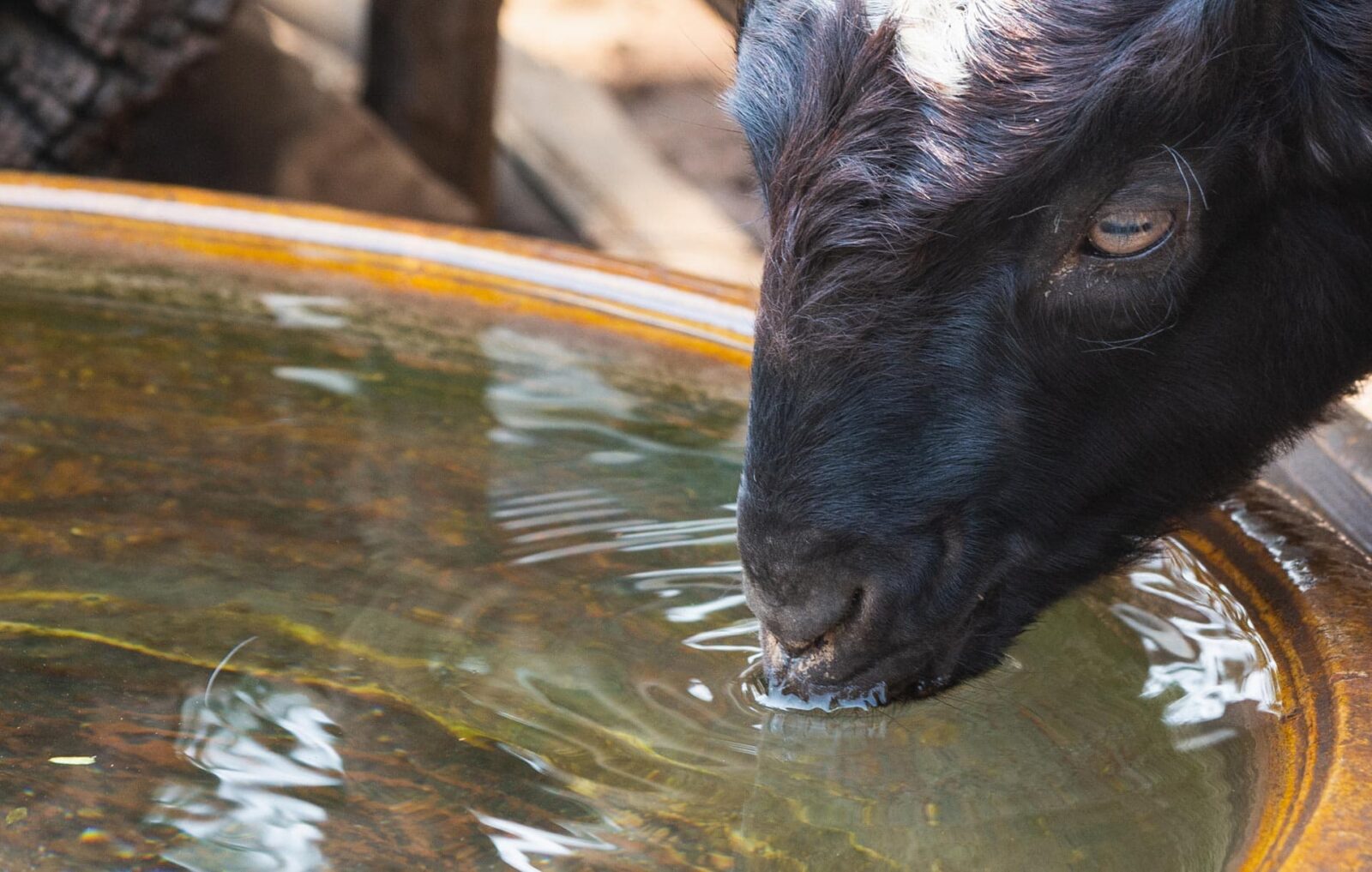

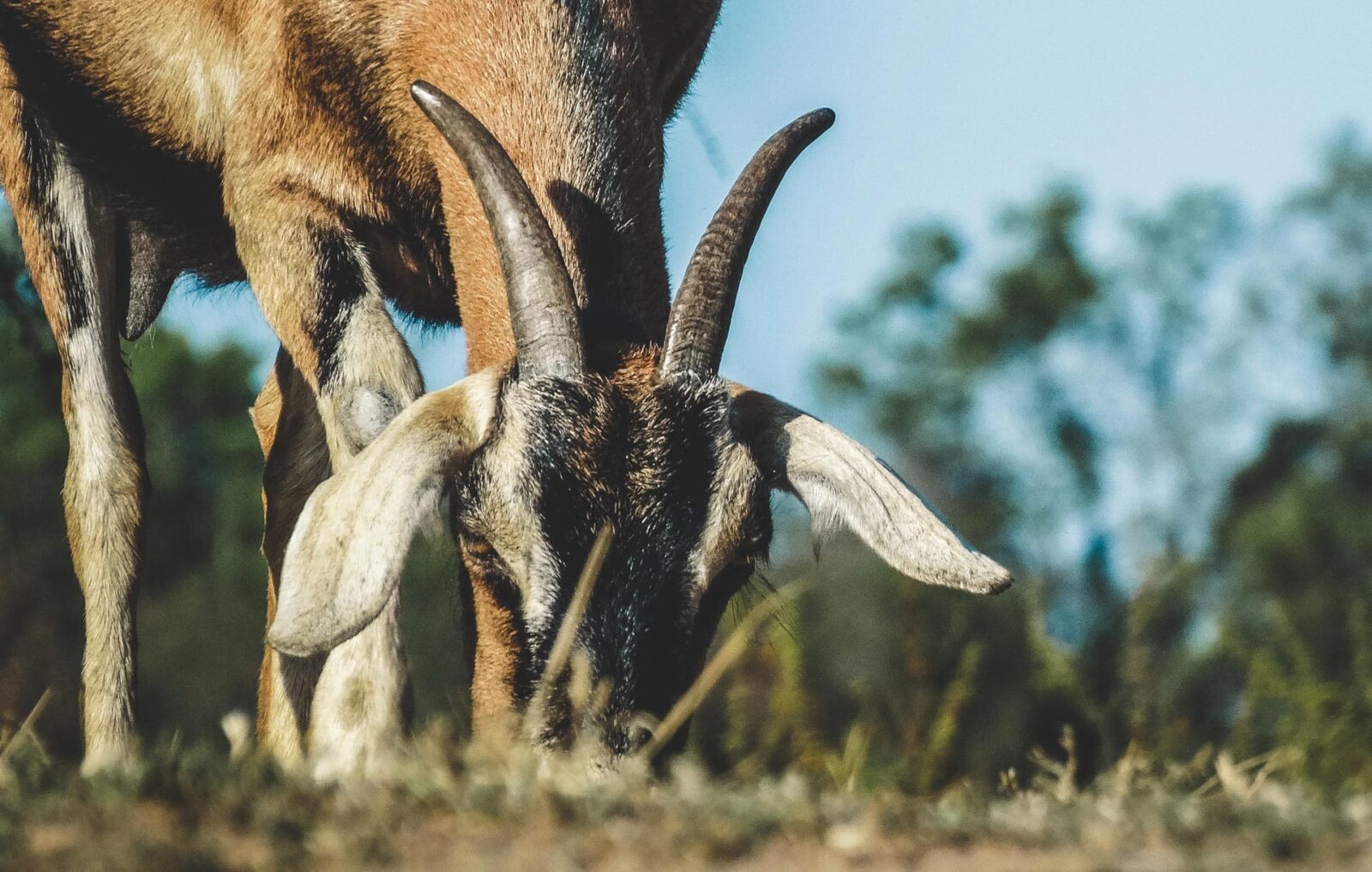



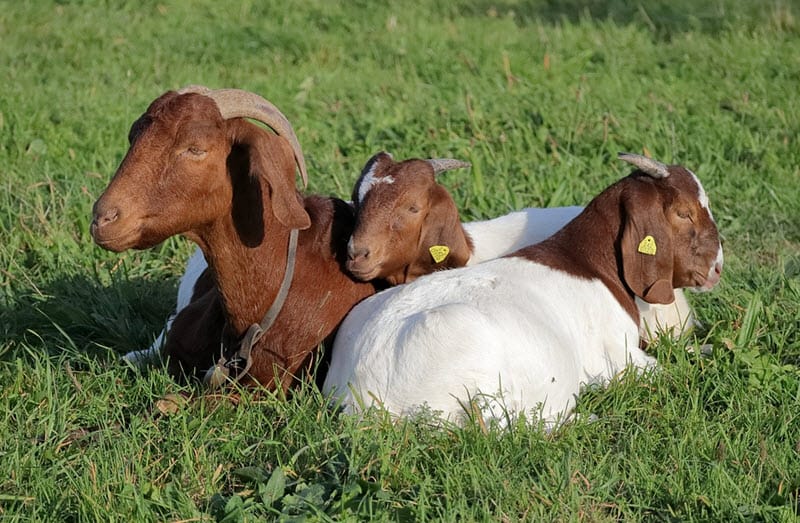
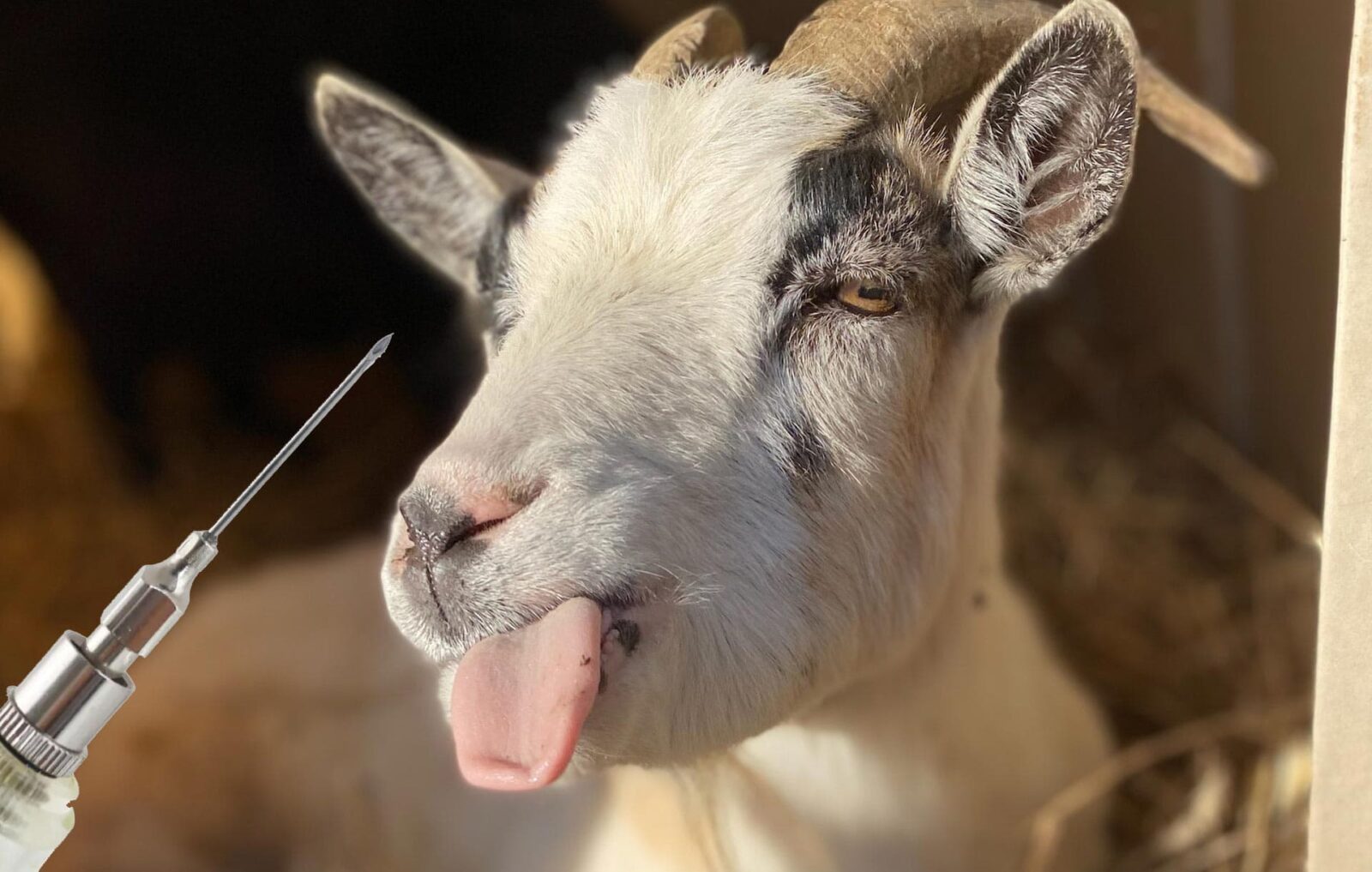

Leave a Reply